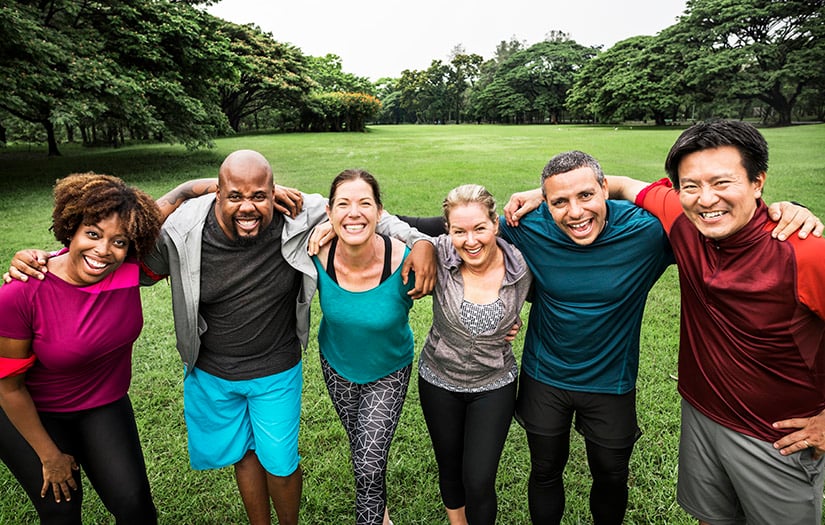Fitness is for everyone—regardless of age, gender, body type, ability level, or health condition. Yet, for decades, mainstream fitness culture has focused mainly on athletes, bodybuilders, and people with “ideal” bodies. This created a hidden barrier for many people who wanted to exercise but never felt represented or welcomed.
Today, the global fitness industry is rapidly shifting toward inclusive and accessible fitness. This movement aims to create environments, programs, and tools that ensure every individual feels comfortable, supported, and empowered to move their body safely. Whether someone has a disability, is managing obesity, recovering from injury, entering fitness for the first time, or simply prefers a slower pace—fitness should always be open to them.
This blog explores what inclusive fitness means, why it matters, and how gyms, trainers, and communities can build a more welcoming and equitable fitness culture.
What is Inclusive & Accessible Fitness?
Inclusive fitness means designing fitness spaces, programs, and experiences that consider the diverse needs of all individuals. Accessibility focuses on removing physical, emotional, and social barriers that prevent people from exercising comfortably.
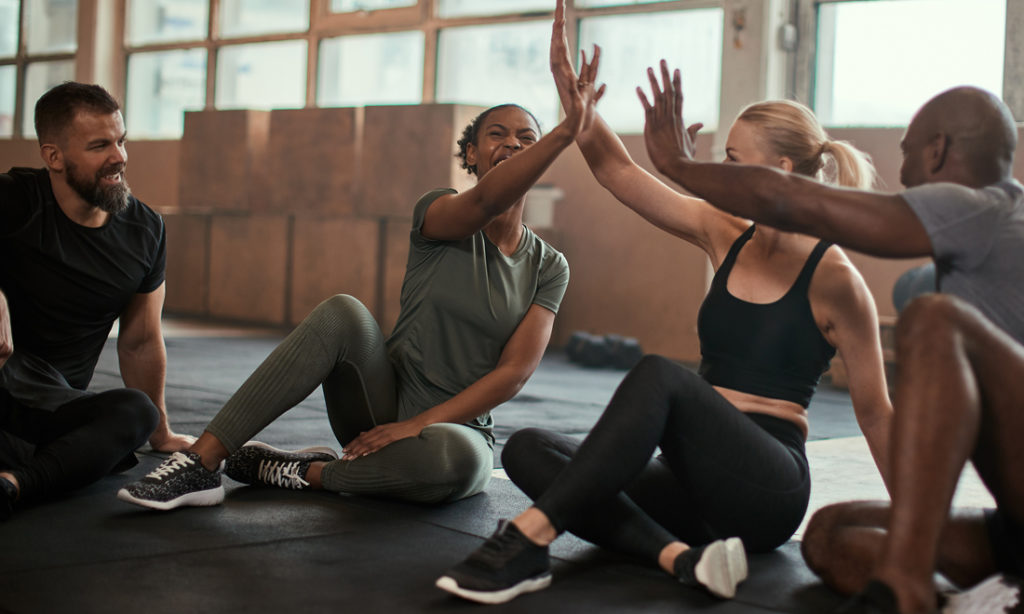
Together, they ensure that:
- Every person feels welcome in the fitness environment
- Every body type and ability level is represented
- Every individual can access workouts tailored to their needs
- Equipment, instructions, and support systems are available for varied capabilities
- No one feels judged or left behind
In short: Inclusive fitness makes exercise possible, enjoyable, and beneficial for everyone.
Why Inclusive Fitness Matters: A Deep Analysis
1. Growing population with special fitness needs
Millions of people today live with:
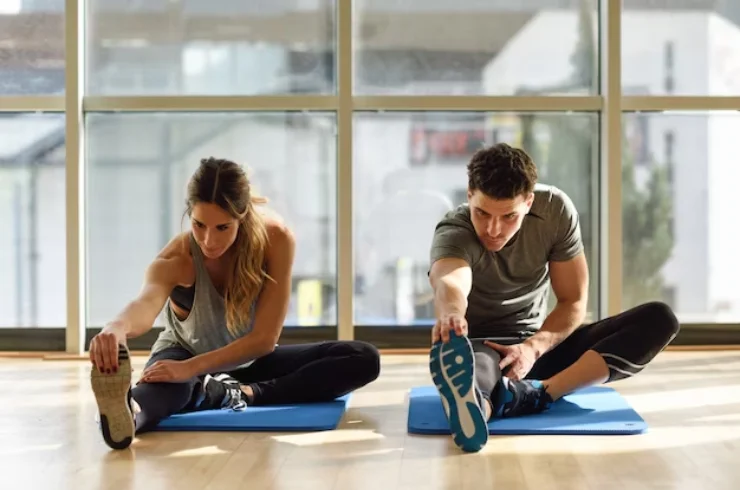
- obesity
- PCOS
- diabetes
- heart conditions
- mobility limitations
- neurological conditions
- age-related restrictions
- postpartum recovery needs
Traditional fitness programs rarely address these conditions effectively. Inclusive fitness closes this gap by providing modified workouts, safe programming, and specialist guidance.
2. Mental and emotional well-being
People often avoid gyms because they feel:
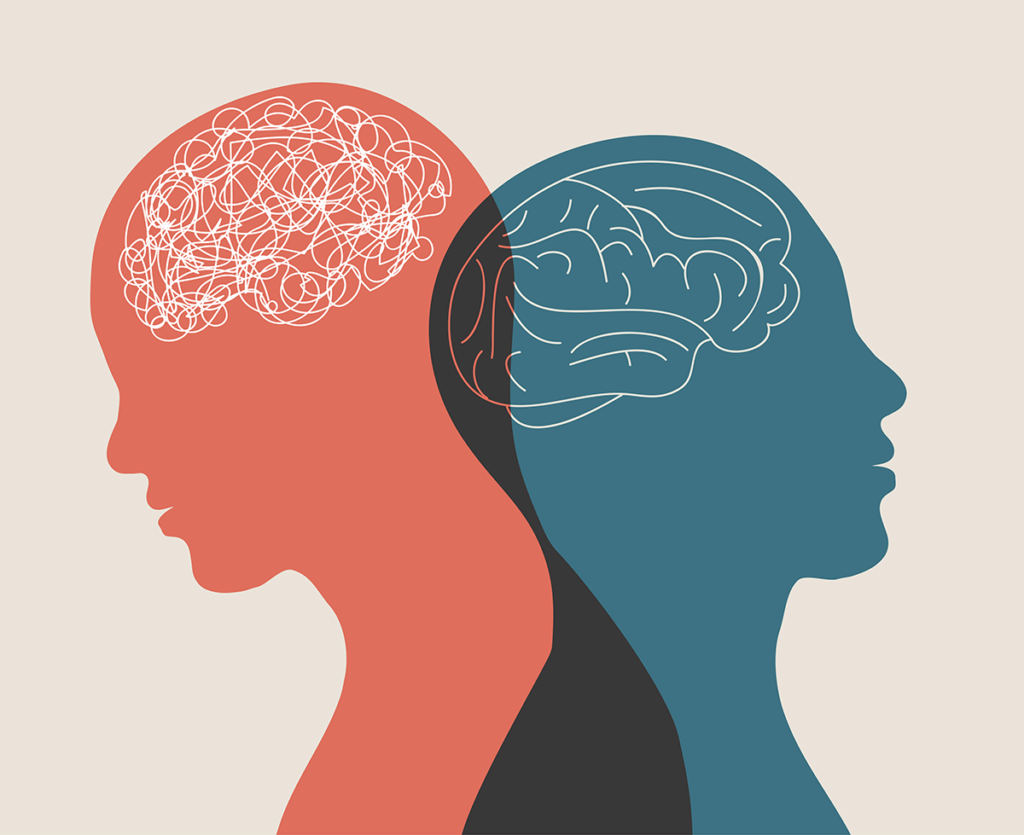
- intimidated
- judged
- under-confident
- embarrassed about their fitness level
A welcoming environment reduces anxiety and builds long-term consistency, which ultimately leads to better results.
3. Accessibility is a right, not a privilege

Fitness is as essential as healthcare. Everyone deserves equal access to health resources, movement opportunities, and supportive trainers—regardless of physical or financial limitations.
4. Better long-term adherence
When workouts feel:
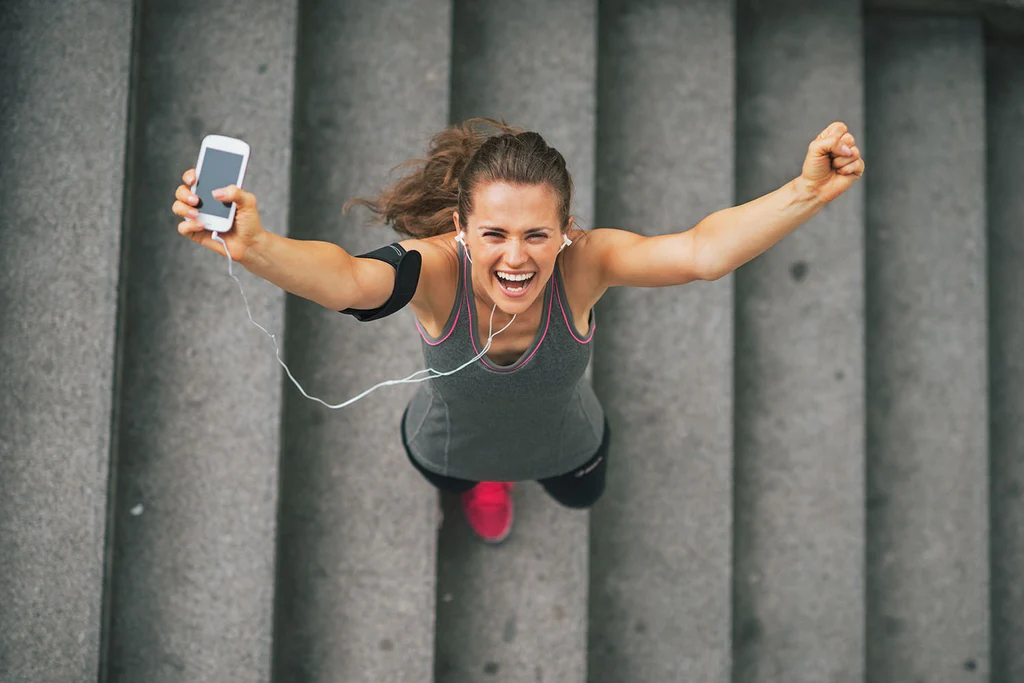
- achievable
- personalized
- safe
- enjoyable
people are more likely to stay consistent. Inclusive fitness increases membership retention and overall client satisfaction.
5. Societal impact
An inclusive fitness culture:
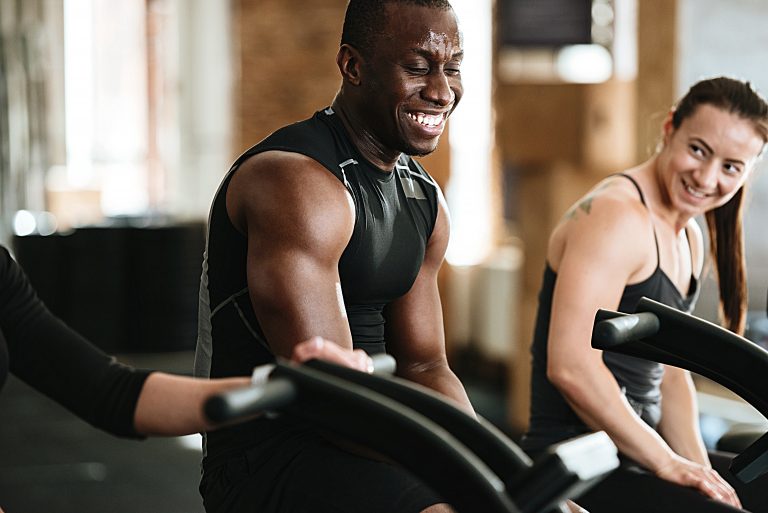
- reduces stigma around disability and body size
- encourages community participation
- promotes empathy
- improves public health outcomes
This shift benefits not just individuals, but entire communities.
Key Elements of an Inclusive & Accessible Fitness Environment
1. Adaptive Equipment
Gyms can support people with diverse needs by offering:
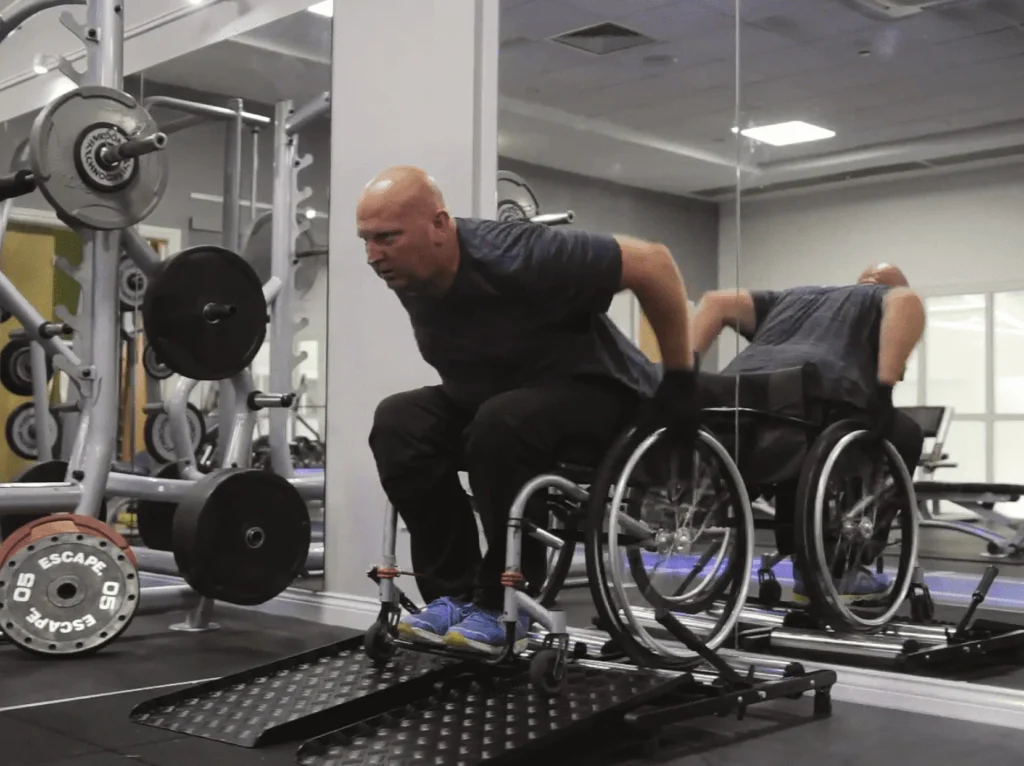
- resistance bands
- seated elliptical machines
- hand cycles
- wide benches
- adjustable cable machines
- wheelchair-accessible equipment
- balance supports and rails
Adaptive equipment ensures that everyone can perform workouts safely and confidently.
2. Certified and Trained Staff

Instructors should be trained in:
- disability fitness
- injury-safe movement
- senior fitness
- obesity management
- prenatal and postnatal fitness
- mental health sensitivity
- trauma-informed coaching
A knowledgeable trainer is one of the strongest pillars of inclusive fitness.
3. Personalized Programs
Cookie-cutter workout plans don’t work for everyone. Inclusive programs consider:

- medical history
- mobility range
- stamina levels
- comfort and confidence
- personal goals
This makes fitness sustainable, enjoyable, and realistic.
4. Welcoming Culture
Gyms must create:

- zero-judgment spaces
- respectful communication
- body-positive messaging
- accessible language (simple cues, not complicated jargon)
- supportive staff interactions
Inclusivity begins with kindness—not equipment.
5. Affordable Options
Fitness should not be limited only to people who can afford premium memberships. Inclusive fitness programs:

- offer flexible payment plans
- create community workout days
- provide online low-cost options
- include basic home-based fitness routines
Health should never be a luxury.
6. Digital Accessibility
Online fitness must be accessible too. This includes:
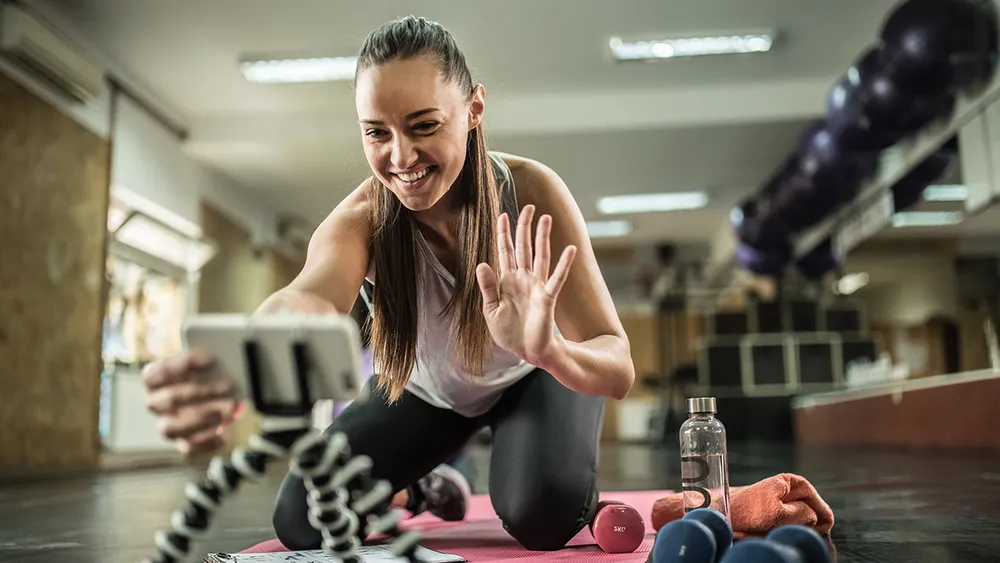
- subtitles in workout videos
- slow-paced demonstrations
- audio instructions
- easy-to-follow formats
- mobile-friendly resources
This helps people who prefer home workouts or cannot access physical gym spaces.
How Gyms and Trainers Can Promote Inclusivity
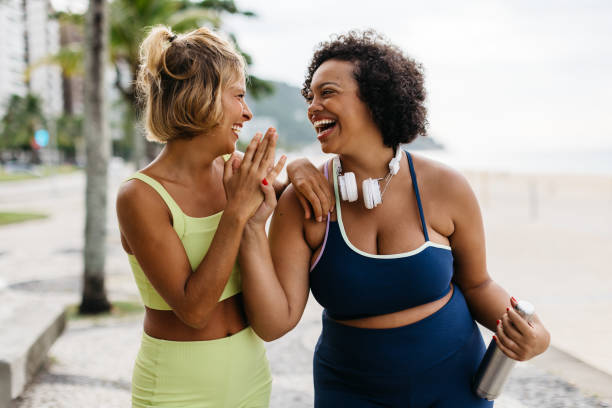
1. Represent diverse bodies in marketing
Showing people of all shapes, sizes, ages, and abilities makes newcomers feel welcome instantly.
2. Ask clients about their comfort
A simple question like “How do you feel about this?” can build trust and reduce anxiety.
3. Offer sensory-friendly spaces
For individuals with sensory sensitivities:
- soft lighting
- less loud music
- calm workout zones
can be extremely helpful.
4. Use person-centered communication
Avoid terms like “correct your body” or “fix your posture.”
Use empowering language instead:
- “Let’s try this movement together.”
- “Move only within your comfort.”
- “Tell me if you want a modification.”
5. Create community support
Group classes, buddy systems, and supportive communities keep people motivated and connected.
Inclusive Fitness at Home
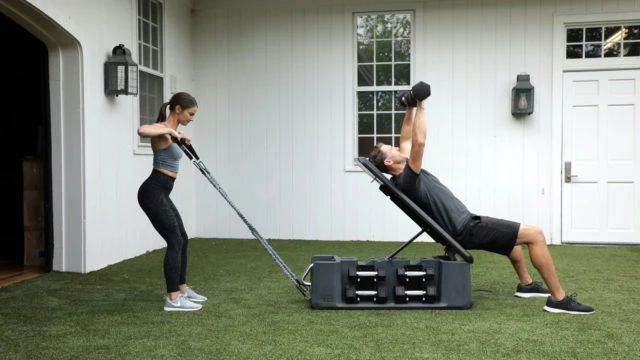
Accessibility isn’t just about gyms. Individuals can make their home workouts inclusive by:
- using chairs for support
- trying low-impact exercises
- doing tempo-based workouts instead of high intensity
- using household items as resistance
Even 10–15 minutes of safe movement a day can transform overall health.
The Future of Inclusive & Accessible Fitness
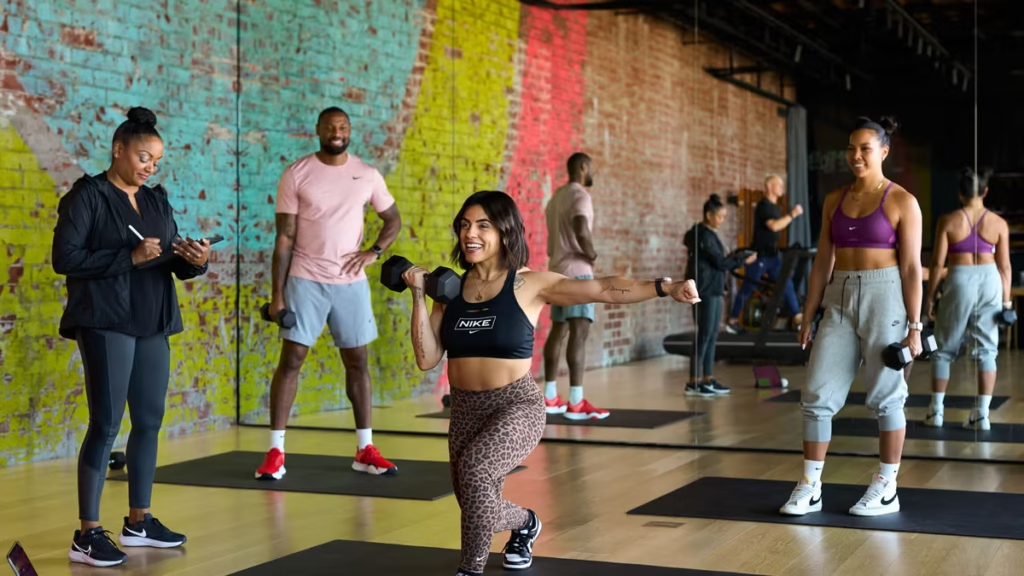
The future of fitness lies in:
- technology-enabled accessibility
- virtual coaching for special populations
- personalized AI fitness routines
- smart wearable devices for health monitoring
- community-driven outdoor fitness spaces
- medically integrated fitness programs
Fitness is evolving from a performance-focused industry to a people-focused industry—and this is the most positive transformation the world has seen.
Conclusion
Inclusive & accessible fitness is not a trend—it is a necessity. It helps individuals of all backgrounds feel confident, motivated, and empowered to move their bodies. When gyms, trainers, and communities work together to create supportive environments, we unlock a world where everyone can experience the joy and benefits of fitness.
Fitness belongs to every body. And together, we can make that a reality.

